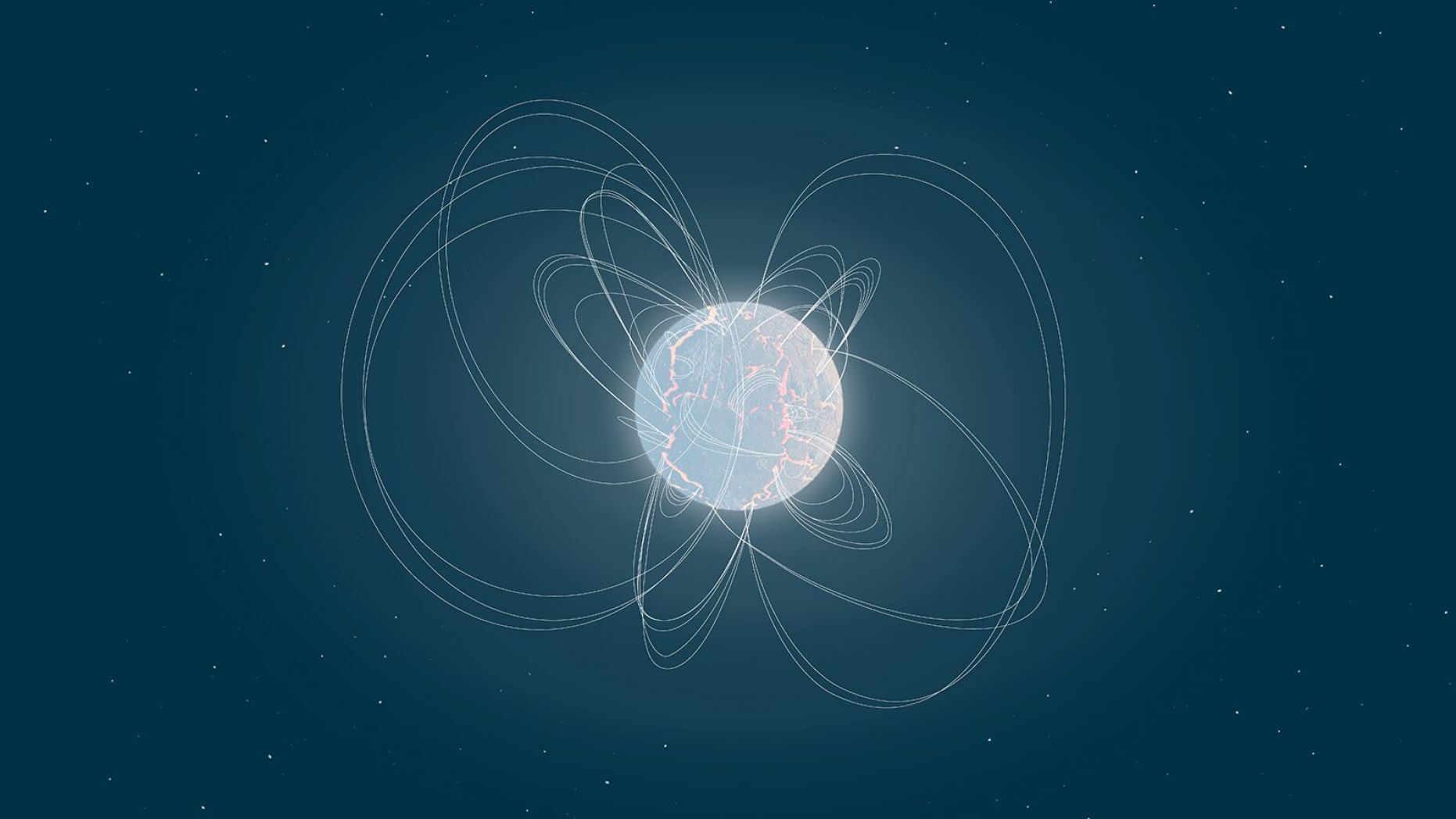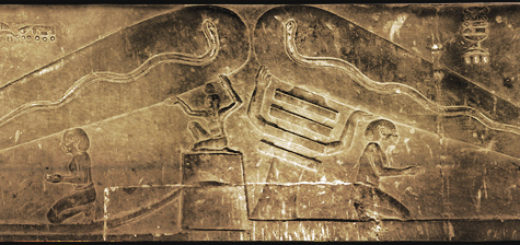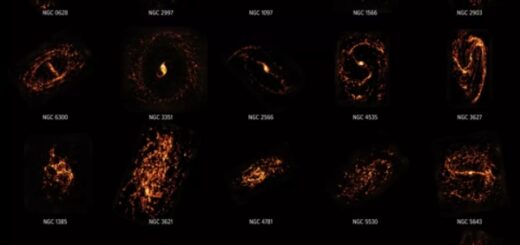Scientists discover ‘cosmic baby’

Scientists have discovered a neutron star that they describe as a “cosmic baby.”
The neutron star, Swift J1818.0−1607, is only 240 years old, making it “a veritable newborn by cosmic standards,” according to a NASA statement. The celestial object was spotted by NASA’s Neil Gehrels Swift Observatory on March 12. At that time, the neutron star released a massive burst of X-rays. Additional research by the European Space Agency’s XMM Newton observatory and NASA’s NuSTAR (Nuclear Spectroscopic Telescope Array), helped scientists discover more details about the star’s physical characteristics. This information was then used to estimate its age.
Located in the constellation Sagittarius, Swift J1818.0−1607 is located 16,000 light-years away. A light-year, which measures distance in space, equals about 6 trillion miles. “Because light takes time to travel these cosmic distances, we are seeing light that the neutron star emitted about 16,000 years ago, when it was about 240 years old,” NASA explains.
BLACK HOLE DEVOURING A NEUTRON STAR CAUSED RIPPLES IN SPACE AND TIME, SCIENTISTS SAY
Some of the densest objects in the universe, neutron stars are the remnants of massive stars that go supernova and explode, according to NASA. Swift J1818.0−1607, it says, has twice the mass of our Sun, but its volume is 1 trillion times smaller.
“With a magnetic field up to 1,000 times stronger than a typical neutron star — and about 100 million times stronger than the most powerful magnets made by humans — Swift J1818.0−1607 belongs to a special class of objects called magnetars, which are the most magnetic objects in the universe,” explained NASA, in the statement. “And it appears to be the youngest magnetar ever discovered. If its age is confirmed, that means light from the stellar explosion that formed it would have reached Earth around the time that George Washington became the first president of the United States.”
The research has been published in the Astrophysical Journal Letters. The study was led by Paolo Esposito of the School for Advanced Studies (IUSS) in Pavia, Italy
MYSTERIOUS REPEATING RADIO SIGNALS FROM OUTSIDE OUR GALAXY DISCOVERED
“This object is showing us an earlier time in a magnetar’s life than we’ve ever seen before, very shortly after its formation,” said Nanda Rea, a researcher at the Institute of Space Sciences in Barcelona and principal investigator on XMM-Newton and NuSTAR observation campaigns.
Swift J1818.0−1607 is one of just 31 confirmed magnetars. In comparison, there are over 3,000 known neutron stars. “Maybe if we understand the formation story of these objects, we’ll understand why there is such a huge difference between the number of magnetars we’ve found and the total number of known neutron stars,” said Rea.
The NuSTAR telescope is led by Caltech and managed by NASA’s Jet Propulsion Laboratory.
77-YEAR-OLD AMATEUR ASTRONOMER HELPS MAKE STUNNING DISCOVERY
Last year, in a separate project, scientists detected a black hole devouring a neutron star.



 Creators of mankind
Creators of mankind Description of “Tall white aliens”
Description of “Tall white aliens” Where they came from?
Where they came from? About hostile civilizations
About hostile civilizations The war for the Earth
The war for the Earth “Tall white aliens” about eternal life
“Tall white aliens” about eternal life Video: “Nordic aliens”
Video: “Nordic aliens” Aliens
Aliens Alien encounters
Alien encounters The aliens base
The aliens base UFO
UFO Technology UFO
Technology UFO Underground civilization
Underground civilization Ancient alien artifacts
Ancient alien artifacts Military and UFO
Military and UFO Mysteries and hypotheses
Mysteries and hypotheses Scientific facts
Scientific facts


















